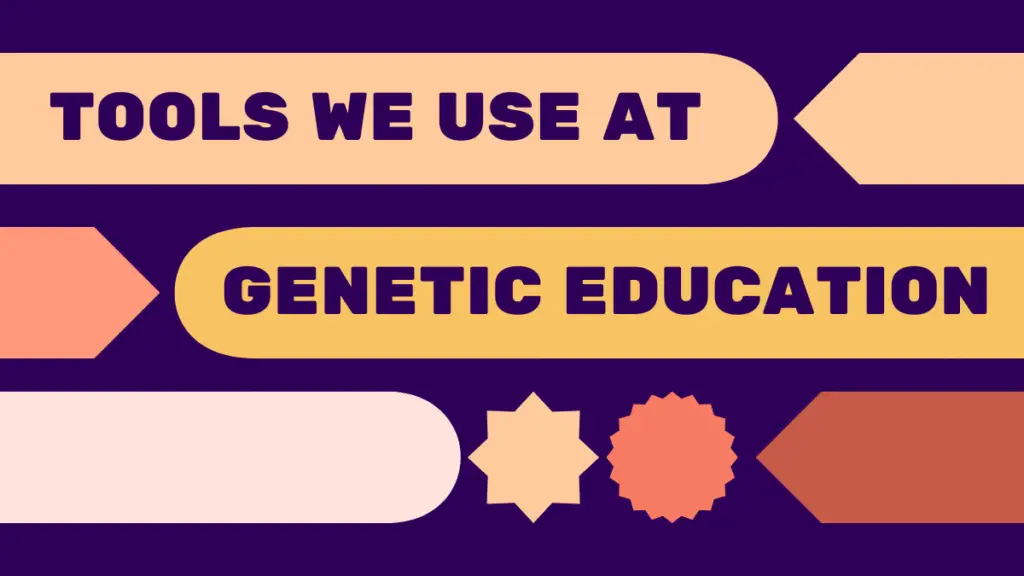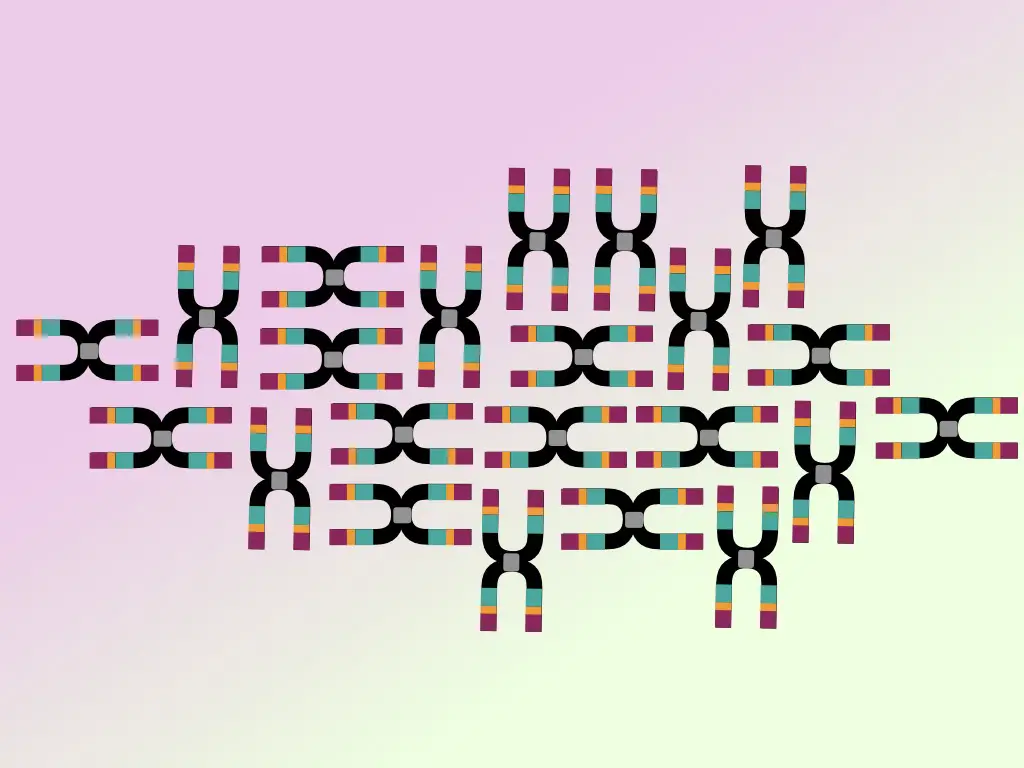Our platform, Genetic Education, is an online science-based and Genetic media house that covers almost all the research, news and information around genetics. However, it was previously only an Edutech platform.
Now, as we cover everything about genetics. Researchers, science geeks and even common people can enjoy our blogs and information in a simple and easy-to-understand language.
Interestingly, our blog discussion section is full of comments like what tools we use for proofreading, writing and doing research, etc. Here are the 5 common tools that we extensively use for our platform.
These are also our strong recommendations for those who want to start content creation or blog or simply write their thesis. Stay tuned.
Key Topics:
Grammarly:
We love science and you, too, I guess. But making it simple, representable and understandable is a bit difficult. We use Grammarly, an online English Grammar and spell correction platform.
It is available as an extension to Google Chrome and other apps. Download the extension and that’s it!
It automates the entire spell and grammar correction process and also suggests a better version of the sentence. In addition, it also helps with plagiarism checks.
(Don’t tell anyone, but it helps me to find who is plagiarising!)
Our writing is always data-driven and research-backed. Even if the information is our own, we cite it well! Grammarly also provides additional citation and referencing options.
In conclusion, Grammarly is our technical writing assistant.
Canva:
We love graphics, images and illustrations! The second tool that we extensively use at Genetic Education is the premium version of Canva— full of thousands of templates, images, illustrations, videos and whatnot!
Due to Canva, we no longer need any dedicated graphic designer; rather, all the illustrations, images and videos you see at Genetic Education are made by our team, all of whom have a science background.
In conclusion, Canva must be on your side for content creation, videos and even making illustrations for a thesis and research.
Trivia:
We generated more than 2000+ images, 500+ videos, shorts and illustrations using Canva.
Image compression:
Image compression is an exclusive requirement in modern-day blogging. We use the compresspng or compressjpg image compression tool. Now, what it does is reduce the image size without compromising the image quality.
I guess it isn’t needed for thesis writing or any other research work, but if you want to start your blog, content creation firm or even newsletter, you should have to use this tool.
In addition, it also has an option to convert images from one format to another. In conclusion, for blogs, image compression is a must!
ChatGPT:
You may have a question that ChatGPT should be at the top! But let me tell you, our content creation is, as I already mentioned, backed by evidence and research.
ChatGPT provides surface-level and thin content. It’s generic and useless. If content is available with ChatGPT, why should we have to write it?
Makes sense, right? That’s the reason our ChatGPT usage isn’t extensive.
So when do we use it?
We use AI only for some research purposes, mostly to see if the information is available with AI or not and what the depth is. That helps us craft an amazing piece of content. Still, ChatGPT sometimes suggests amazing content ideas.
Trivia
Google hates AI-generated content. And don’t share your idea with AI, it steals ideas, literally.
In conclusion, we use ChatGPT
- For general research
- Making content plans (as an assistant)
- Get writing ideas
- Preparing the first draft of video scripts
Google NotebookLM:
The last tool that I want to reveal and highly recommend to all my peers is the Google NotebookLM. It is a kind of online research assistant. Upon providing any research article, content or any writing, it gives,
- Insights
- Content summary
- Conclude it
- Provide more data or research
- Do in-depth AI research on the topic
This AI tool, in reality, helps to research a topic. You can paste a link, text, upload a PDF, image or any content. Give it a try!
Wrapping up:
That’s it. It’s our office. No fancy tools, subscriptions or AI! Just pure content, research and knowledge. I hope you like this article. Let me know in the comments if you want to know about our writing process.
In addition, you want to know about scientific blogging. Comment below, and we will cover a whole article on this.


